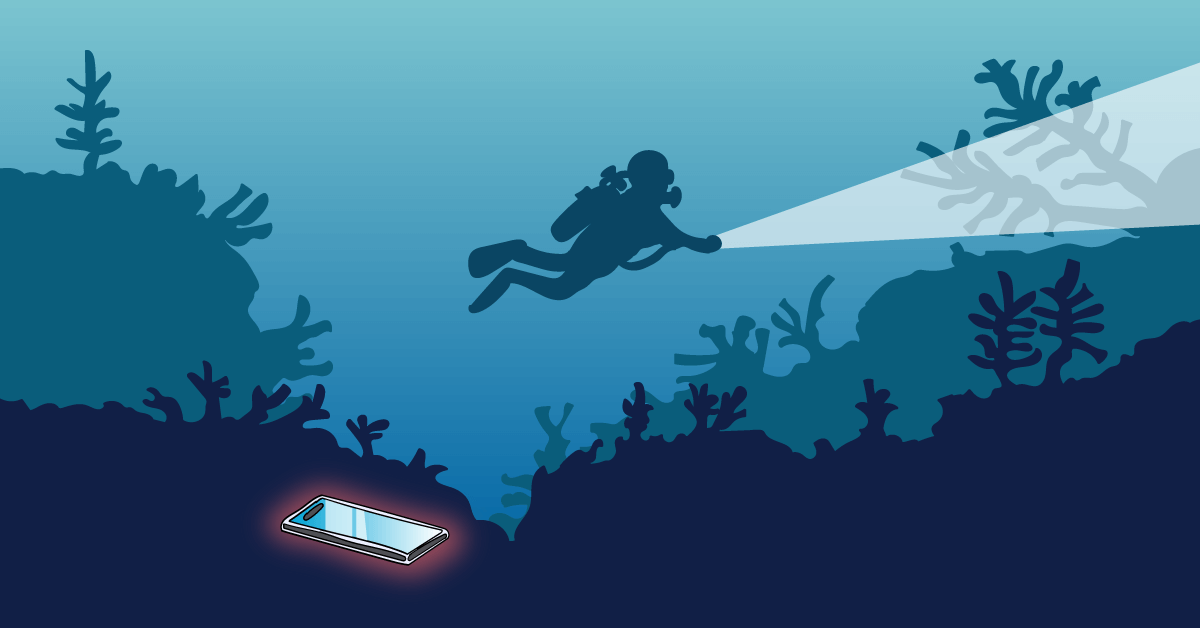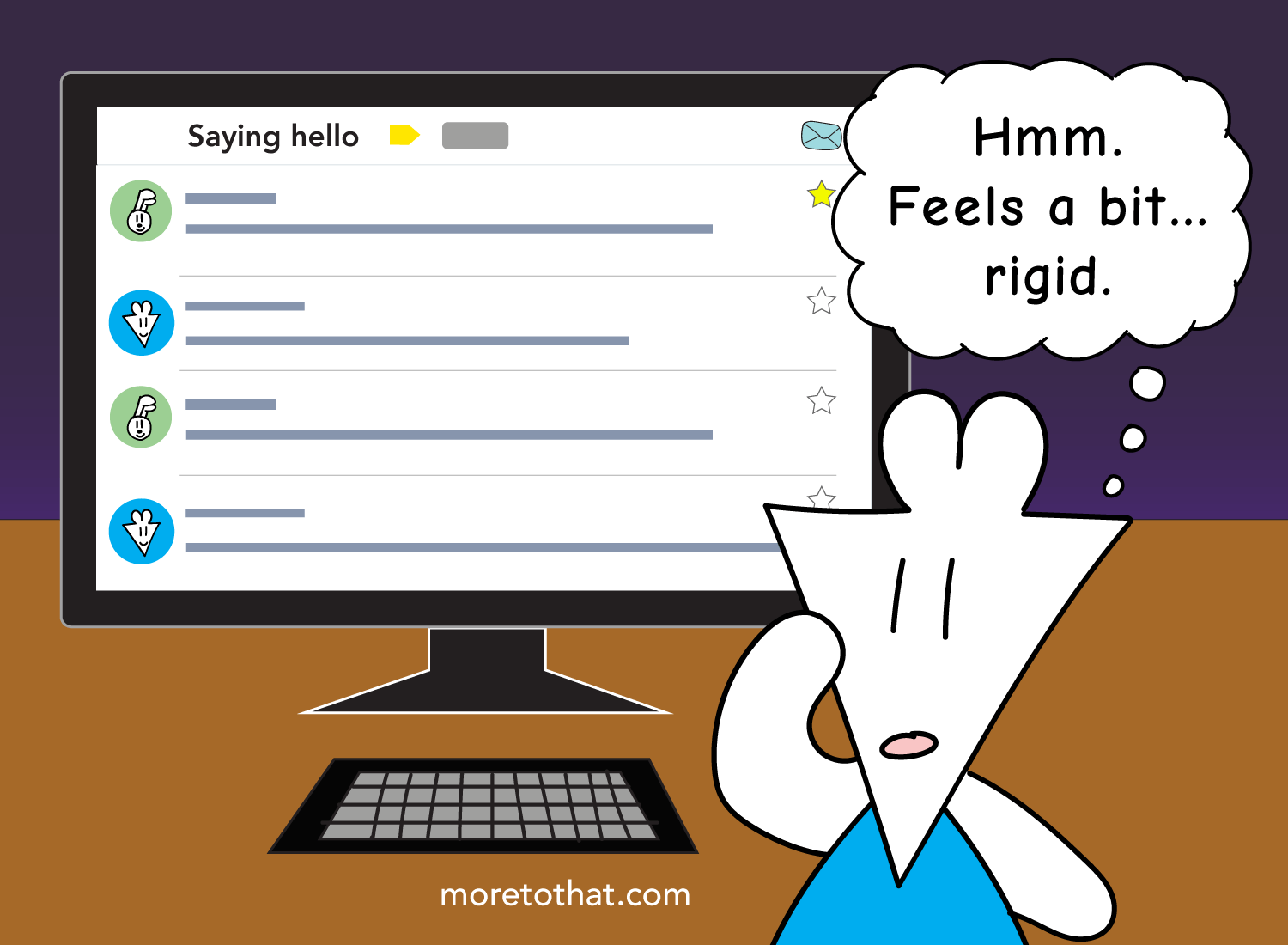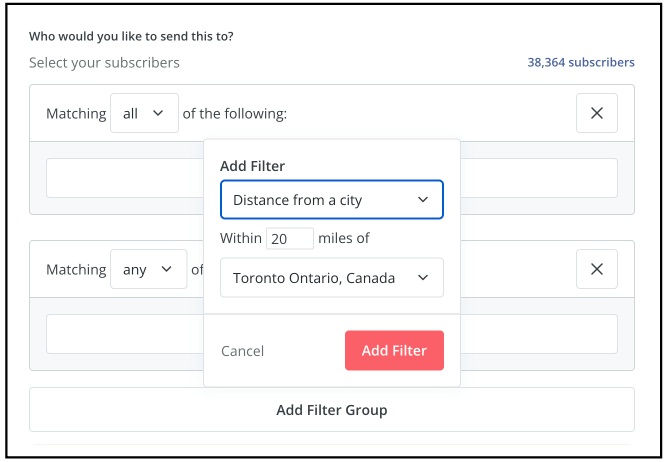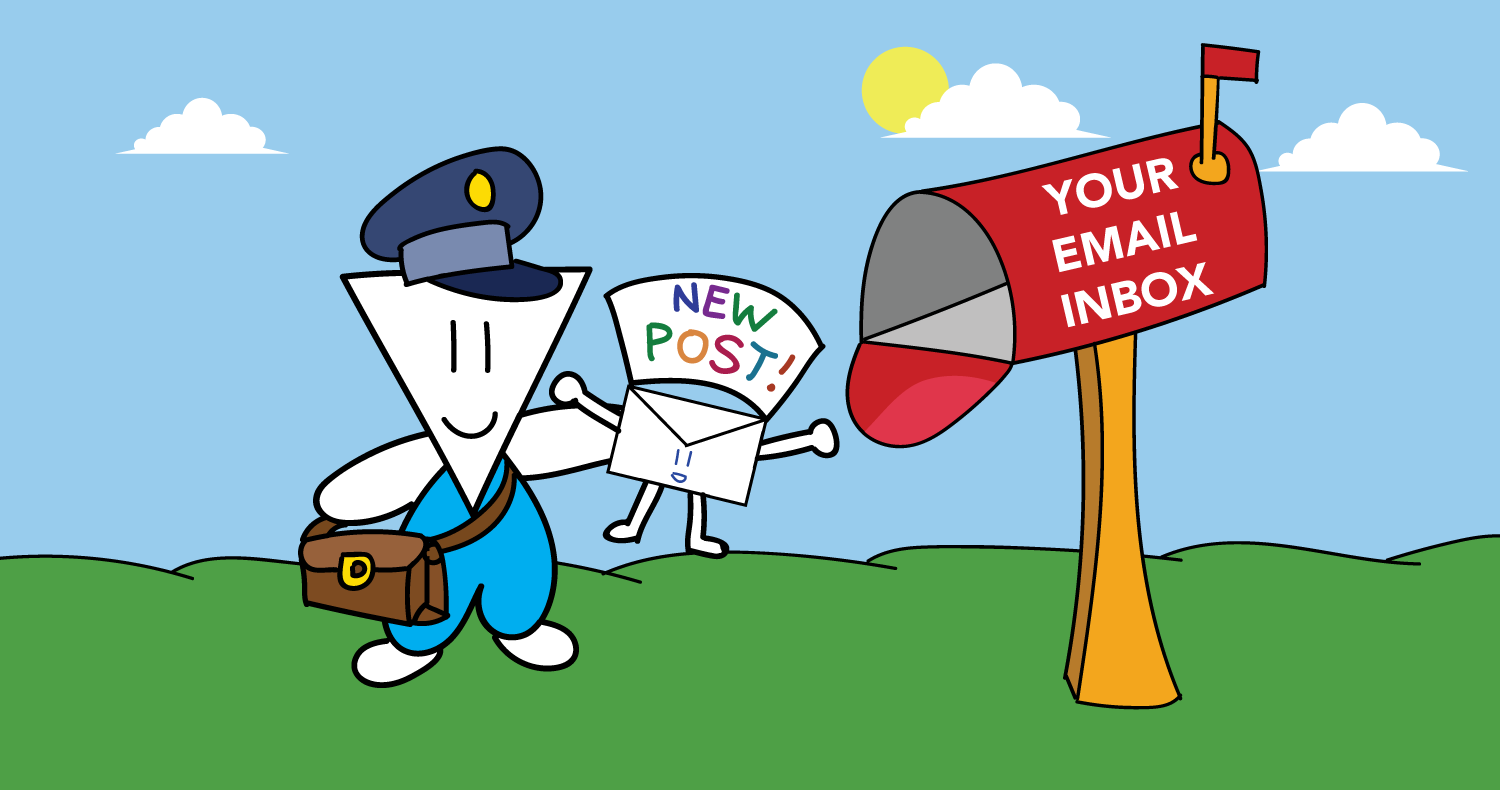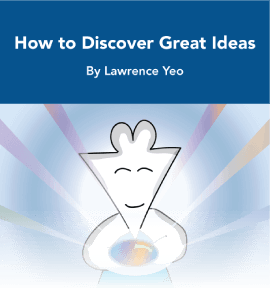Tech Is No Substitute for Depth
I have a weird job.
In essence, what I do is type my thoughts out on a screen, and then broadcast them in the form of a story or reflection that you can read. What was once reserved for journalists and authors is now something I can do from the comforts my own home, and this is something that is unique to this window of time we coexist in today.
Of course, this is all made possible by technological progress, and the very fact that I can connect with you now is further evidence of this. But one thing I wonder about any advancement of this nature is the trade-offs that accompany it. There’s great wisdom in the adage that “things are too good to be true,” but it has less to do with skepticism and more with self-awareness. Anytime you benefit from something, it’s worth understanding what had to be given up for you to accrue that benefit. Because when you do this regularly, you’ll find interesting ways to use that benefit to make up for some of those trade-offs.
That may sound a bit abstract, so let’s make it concrete through my experience as a writer.
Whenever I publish or send out a new piece via my newsletter, I will almost always get responses to it. This wasn’t the case when I was first starting out, but now that I’ve been doing this for a few years, my inbox acts as a regular reminder that people want to engage with my work. This is something I’m grateful for, but I’ve now accepted the fact that there are limitations to this method of communication.
The thing about an inbox is that it reduces the nuances of a person into a singular dimension. While email is still my preferred method of contact with readers (due to its 1:1 nature), it’s odd how the only insight I have into a person is a profile picture and their accompanying words of text. Of course, those two things can tell me a lot about someone, but the nature of the medium ensures that our conversation will unfold in a somewhat linear fashion. It’s difficult to go on tangents or delve into the core of who that person is, given that messages are shared asynchronously in a step-by-step fashion.
What technology provides in the form of reach comes at the expense of depth. This is the great trade-off of technological progress, which Martin Heidegger predicted well before the advent of the internet. He argued that as technology is further harnessed to serve our individual goals, it will come at the expense of a deeper connection with others. Since most of our goals revolve around social success (making more money, gaining more recognition, etc.), we will ultimately view other humans as mere objects of utility that help us achieve what we want.
Technology is nothing more than an aid to these individual goals, which is why any usage of it to connect with others involves some form of compression. Whether you mildly enjoyed an essay or thought it was life-changing, the only way you could express this great variance of emotion is through clicking a tiny heart. If you want to ask someone to complete a task, you type up a quick message with bullet points and shuffle it off to a static profile picture on a Slack channel. Nuance is a bug of technology, not a feature.1
So knowing this, what can be done? Well, this brings us back to what I said earlier, about using the benefits of technology to make up for some of its weaknesses. To make this concrete, let’s go back to my personal example as a writer.
When I was in Toronto, I decided to use the exploratory mood of being in a different city to my advantage. I wanted to take some time to actually meet my readers instead of interacting with them through a screen. To do this, I leveraged a cool feature in my email service provider, which would allow me to narrow down my readership to a specific area, like so:
Then I put together a short survey form to send to this small segment of readers, asking them if they’d like to meet up around the area I was staying in. I planned to host 2 meetups, all of which would be 3 or 4 people max. I figured that doing a large meetup would defeat the purpose of having one in the first place, which was to get to know the people I’m talking to. So once the form hit 10 people, I disabled it and proceeded to set up hangouts with everyone.
When I did my first hangout with readers, the immediate thing I noticed was just how nuanced and intricate their life perspectives were. There was simply no way I would be able to delve into this level of granularity by having an email exchange with them. When it was just us sitting around a table in a café, so many tangents opened up, so many ideas were exchanged, and so many personal stories were shared. I think the first meetup went on for 3 hours before we decided to call it a day.
Paradoxically, the energy of that meetup was the result of us being together without any technological intermediary, but the meetup itself wouldn’t have been possible without the aid of technology. If I couldn’t reach my readers via an email list or even publish my thoughts online to begin with, then I don’t know how I would’ve found the people that sat with me that day. But because my desire to connect deeper with people was there, I was able to use the available features to actualize that want.
At a meta level, this blog itself is evidence of this dynamic as well. The purpose of More To That isn’t to build a huge audience so I can feel better about myself. Rather, it’s to find the people in the world that live their lives in a way that inspires me. And to do that, I have to first share my worldview so people know what kind of questions guide my definition of a well-lived life.
The only reason audience-building is a part of what I do is because I have to cast my net wide to find the few that want to go deep. And fortunately, many tools exist for the purpose of that. Email service providers, course software, community forums – all these are in service of that goal, and I’m using them to power the platform I’ve built here.
But in the end, I’m aware that even these tools can only do so much. I’m still using a screen displaying profile pictures and text to hear from people, and that’s how I connect with a majority of my readers. But the silver lining is that every message is a potential entry point to a closer relationship that can develop over time.
Ultimately, to be aware of technology’s trade-offs is to also understand that those trade-offs can be diminished. That if you’re solely using it to serve your goals, then perhaps it’s time to shift the way you use it. Instead of using it to maximize utility for your pursuit, you can use it to delve deeper with the few people that care about that pursuit the most.
_______________
_______________
For more stories and reflections of this nature:
